Decoding Mixed Signals for Clear Communication
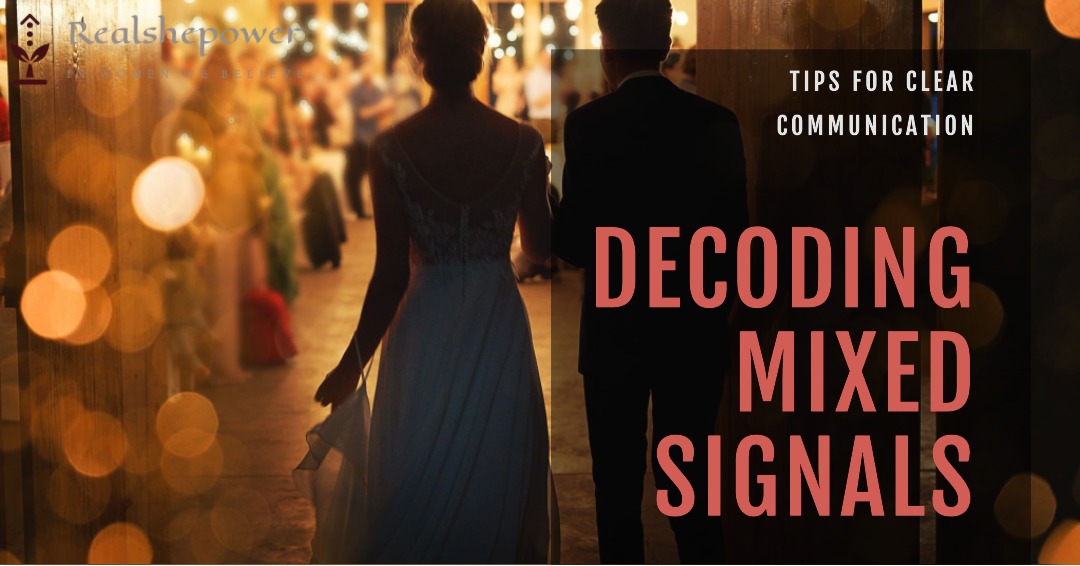

Introduction
Communication is a fundamental aspect of human interaction, yet it is a realm rife with ambiguity and uncertainty. People often express themselves in ways that are not entirely clear, leaving room for interpretation and misunderstanding. Decoding mixed signals requires a keen eye and a deep understanding of the complexities of human behavior. By honing your skills in interpretation, you can uncover the hidden truths and ensure that your communication is effective, authentic, and meaningful.
Table of Contents
The Art of Interpretation: Navigating the Terrain of Mixed Signals
Understanding the Complexity of Communication
Communication is not simply a matter of exchanging words. It encompasses body language, tone of voice, facial expressions, and other non-verbal cues that can convey a wealth of information. To navigate the terrain of mixed signals, it is crucial to recognize that messages can be multidimensional and layered. People may say one thing while their body language or tone suggests something entirely different. Developing an astute awareness of these nuances is the first step in decoding mixed signals effectively.
Deciphering Non-Verbal Cues
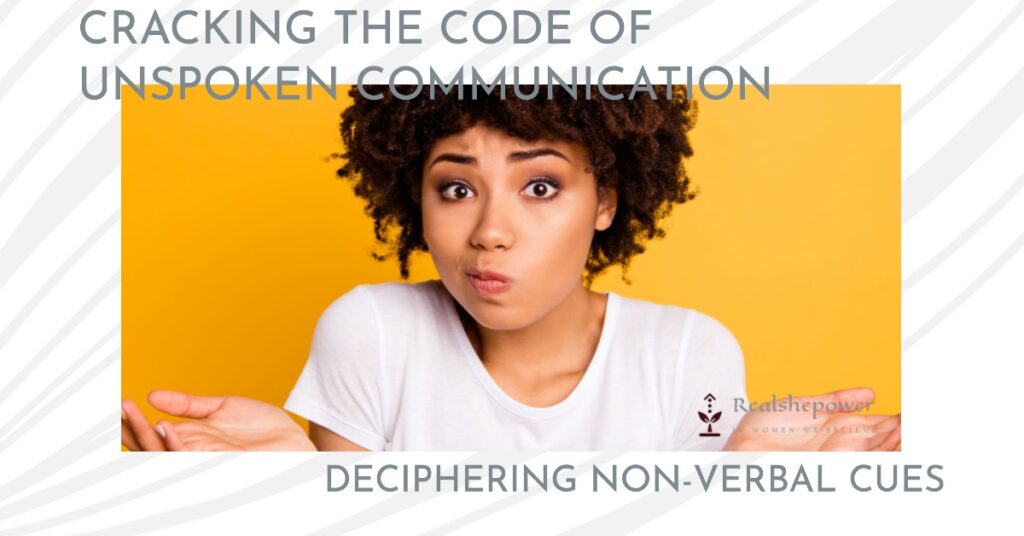
A. Body Language: The Silent Messenger
When it comes to communication, words are just a small piece of the puzzle. A significant portion of our messages is conveyed through non-verbal cues, particularly body language. The way we hold ourselves, move, and use our bodies can speak volumes about our thoughts, feelings, and intentions. Understanding and interpreting body language is a key component of decoding mixed signals and gaining a deeper understanding of others. Let’s explore the fascinating realm of body language and uncover its secrets.
- Posture: The Foundation of Communication
Posture is the foundation of body language. It not only affects how others perceive us but also influences our own confidence and mood. A slouched posture can project a lack of self-assurance, while an upright stance conveys confidence and openness. Pay attention to how people hold themselves in different situations. Are they standing tall and erect or hunched over? A straight back and open shoulders often indicate attentiveness and interest, while a closed-off posture with crossed arms or legs might suggest defensiveness or discomfort.
- Gestures: The Language of the Hands
Our hands are incredibly expressive and can enhance or contradict our spoken words. Observing hand gestures can provide valuable insights into a person’s emotions and intentions. For example, open palms facing upward signify openness, honesty, and a willingness to listen. On the other hand, clenched fists or tightly crossed fingers may indicate frustration, anger, or resistance. Pay attention to how people use their hands when they speak. Do they use expansive gestures to emphasize their points, or do they keep their hands close to their bodies, indicating reservation or uncertainty?
- Eye Contact: The Window to the Soul
They say the eyes are the windows to the soul, and indeed, eye contact is a powerful form of non-verbal communication. Sustained eye contact demonstrates attentiveness, interest, and trust. It fosters a sense of connection and engagement. Conversely, avoiding eye contact can be interpreted as a sign of discomfort, deception, or disinterest. However, it is essential to consider cultural and individual differences when interpreting eye contact, as norms and preferences can vary.
- Facial Expressions: Mirror of Emotion
Our faces are incredibly expressive, capable of conveying a wide range of emotions. From a genuine smile to a furrowed brow, facial expressions can be powerful indicators of a person’s true feelings. Smiling is often associated with happiness and warmth, while a frown or a scowl can indicate displeasure or concern. Raised eyebrows might suggest surprise or curiosity, while narrowed eyes could signify skepticism or suspicion. By observing and interpreting these microexpressions, we can gain valuable insights into someone’s emotional state and underlying intentions.
- Proximity and Touch: The Dance of Personal Space
The distance we maintain between ourselves and others, as well as the use of touch, can convey significant messages. Different cultures and individuals have varying comfort levels regarding personal space, so it’s crucial to be mindful of these differences. In some cultures, close proximity during conversations is expected and indicates familiarity and friendliness. In contrast, others prefer more significant physical distance to preserve personal space. Similarly, touch can have different connotations, from a friendly pat on the back to an intimate embrace. Understanding and respecting these boundaries is essential for effective communication.
- Mirroring and Synchrony: Building Rapport
In social interactions, people often unconsciously mirror each other’s body language and movements. This mirroring creates a sense of rapport and connection between individuals. For example, if someone crosses their legs, you may find yourself doing the same shortly afterward. This synchronization of body language signals mutual understanding and empathy. Paying attention to these subtle mimicking behaviors can help you gauge the level of comfort and rapport within a conversation.
- Incongruence: When Words and Body Language Clash
One of the most challenging aspects of decoding body language is when it contradicts verbal communication. Sometimes, people may say one thing while their body language tells a different story. This incongruence can be indicative of hidden emotions, deception, or discomfort. For example, a person might say they are fine but display crossed arms and a tense expression. In such cases, it is essential to trust your instincts and rely on the non-verbal cues to gain a more accurate understanding of the situation.
B. Tone of Voice: The Melody of Emotion
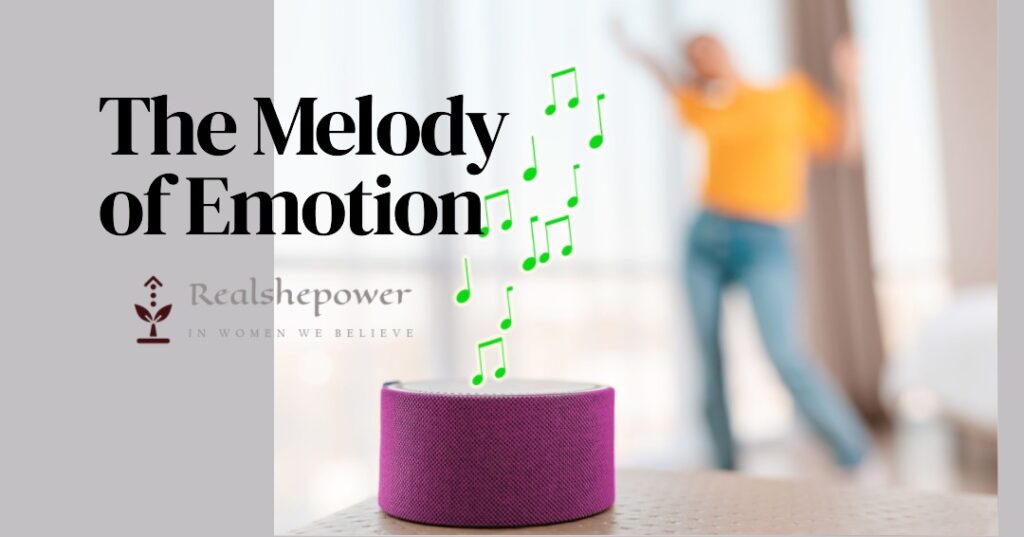
Communication is not limited to the words we speak; it is a symphony of sounds that conveys meaning and emotion. One crucial element of this symphony is tone of voice, which acts as the melody of emotion. Just as a beautiful melody can stir our emotions and captivate our attention, the tone of voice carries the power to shape our understanding and perception of a message.
When we listen to someone, we not only hear their words but also the emotional nuances embedded in their tone. A person’s tone can reveal their true feelings, intentions, and even their personality. It adds depth and richness to the words, painting a more complete picture of their thoughts and emotions.
Think about the countless ways tone can vary: it can be warm and soothing, sharp and cutting, enthusiastic and energetic, or indifferent and apathetic. Each variation carries its own unique meaning and can significantly impact the overall message being conveyed. Understanding the melody of emotion in someone’s tone of voice is like peering into the depths of their soul.
The Power of Tone
Tone of voice holds immense power in communication. It can influence how we interpret a message and how we respond to it. Consider a simple phrase like “That’s great.” Depending on the tone used, it can express genuine excitement, sarcastic dismissal, or even veiled disappointment. The words themselves may remain constant, but the tone infuses them with a specific emotional flavor that shapes their meaning.
The power of tone lies in its ability to enhance or undermine the words spoken. Imagine receiving praise from someone with a flat and monotonous tone. Despite the positive words, the lack of enthusiasm in their voice may cast doubt on their sincerity. On the other hand, receiving the same praise with a warm and enthusiastic tone can make us feel valued, appreciated, and motivated.
Decoding the Melody
Deciphering the melody of emotion in someone’s tone of voice requires active listening and a keen ear. Here are some key elements to consider when interpreting tone:
- Pitch: The pitch of a person’s voice refers to its highness or lowness. A higher pitch may convey excitement, while a lower pitch can suggest seriousness or even sadness. Pay attention to variations in pitch throughout a conversation to identify shifts in emotional expression.
- Tempo: The tempo, or speed, at which someone speaks can reveal their level of urgency, agitation, or calmness. Rapid speech may indicate excitement or nervousness, while slow speech can indicate thoughtfulness or boredom. Recognizing tempo changes can help uncover the underlying emotions driving the communication.
- Volume: Volume relates to the loudness or softness of a person’s voice. A raised volume may indicate anger or enthusiasm, while a soft voice may signify intimacy or vulnerability. Monitoring volume shifts can provide valuable insights into the emotional context of the message.
- Intonation: Intonation refers to the rise and fall of the voice when speaking. It adds melody and emphasis to words and phrases, conveying additional layers of meaning. Rising intonation at the end of a sentence can indicate a question or uncertainty, while falling intonation can denote a statement or assertion.
- Emphasis: The way certain words or phrases are emphasized can convey the speaker’s intended meaning. By placing emphasis on specific words, the speaker directs attention and imparts significance to those particular elements. Recognizing emphasis helps to grasp the speaker’s intended message more accurately.
The Subtle Dance of Emotion
Tone of voice is a nuanced dance of emotion, a subtle interplay between words and feelings. It can reveal sincerity, dishonesty, excitement, or indifference. However, it’s essential to note that tone alone is not always definitive. The context, body language, and other non-verbal cues must be considered in conjunction with tone to gain a comprehensive understanding.
To become adept at interpreting tone, practice active listening and develop empathy. Engage in conversations with an open mind and attune yourself to the emotional currents that flow beneath the words. Observe the speaker’s non-verbal cues and consider the overall context to decode the true melody of their emotion.
Harnessing the Melody
Understanding the power and nuances of tone can empower you to become a more effective communicator. By harnessing the melody of emotion in your own tone of voice, you can enhance the impact of your message and establish stronger connections with others. Here are a few tips for harnessing the power of tone:
- Practice self-awareness: Pay attention to your own tone of voice during conversations. Notice how different emotions influence your tone and how others respond to it. This self-awareness will help you adjust your tone to align with your desired message.
- Adapt to the situation: Recognize that different situations call for different tones. In a professional setting, maintaining a calm and composed tone can convey professionalism and authority. In personal relationships, a warm and empathetic tone fosters understanding and connection.
- Listen actively: When engaging in conversations, listen not only to the words being spoken but also to the underlying emotions in the speaker’s tone. Show genuine interest and empathy, responding in a manner that aligns with the emotional nuances you perceive.
- Seek feedback: Request feedback from trusted individuals who can provide honest insights into your tone of voice. Their observations can help you identify areas for improvement and refine your communication skills.
Remember, the melody of emotion in tone of voice is a potent force in communication. It has the power to shape relationships, influence outcomes, and evoke powerful emotions. By honing your ability to interpret and utilize tone effectively, you can master the art of communication and forge deeper connections with others.
C. Facial Expressions: Windows to the Soul
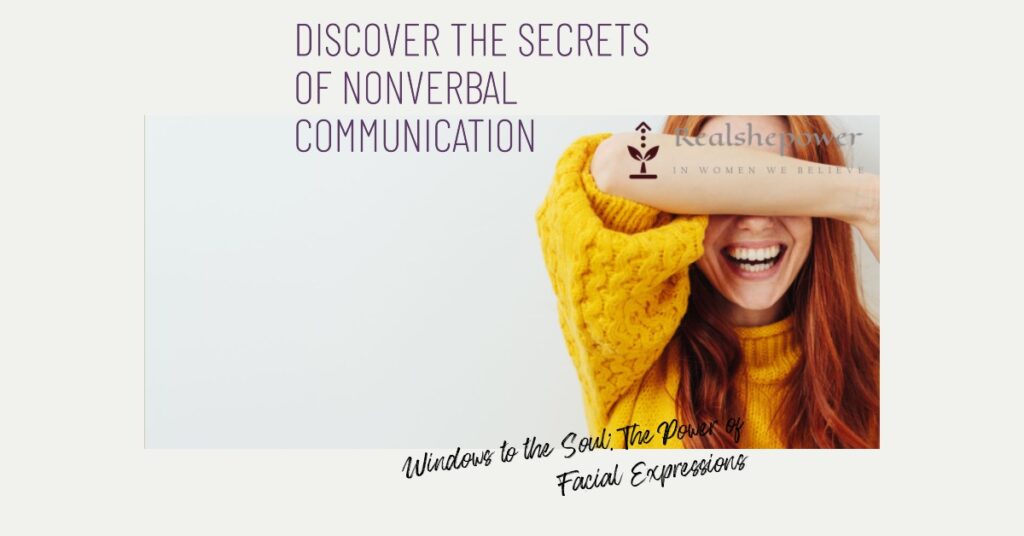
Our faces are not only the canvas upon which we express ourselves, but they also hold the key to unraveling the mysteries of human emotions and thoughts. Facial expressions, like windows to the soul, provide glimpses into the depths of a person’s inner world. Each smile, furrowed brow, or raised eyebrow carries meaning and significance, if we know how to interpret them. Let’s delve into the fascinating realm of facial expressions and discover the valuable insights they offer.
- The Language of Emotions
Facial expressions are a universal language, transcending cultural boundaries and connecting us on a primal level. They reflect our emotions, revealing what lies beneath the surface of our words. From joy to sadness, anger to surprise, our faces effortlessly communicate the depths of our feelings. By deciphering these expressions, we gain access to a wealth of information that words alone cannot convey.
- Microexpressions: Fleeting Clues
Within the realm of facial expressions, microexpressions hold particular significance. These fleeting expressions occur involuntarily and last for just a fraction of a second. Often, they reveal the true emotions that someone may be trying to conceal or suppress. For instance, a quick flash of anger behind a forced smile can betray hidden resentment or frustration. Training ourselves to recognize and interpret these microexpressions can sharpen our ability to decode mixed signals and understand the unspoken truths.
- The Power of the Smile
A smile is perhaps one of the most universally recognized and understood facial expressions. It transcends language barriers and is often associated with warmth, happiness, and friendliness. However, not all smiles are created equal. A genuine smile, known as a Duchenne smile, involves the activation of specific facial muscles, including the muscles around the eyes. This sincere expression of joy can be a strong indicator of someone’s true intentions, as it is challenging to fake. On the other hand, a forced or insincere smile may reveal discomfort or an attempt to hide true feelings.
- The Brow Game: Furrows and Raises
The area above our eyes is a hotbed of communication, particularly when it comes to expressing thoughts and emotions. Furrowed brows can indicate concentration, confusion, or concern. When someone is deep in thought, their brow may furrow, indicating their mental activity. On the contrary, raised eyebrows can signal surprise, skepticism, or even flirtation. The context and accompanying cues are essential in deciphering the specific meaning behind these subtle movements.
- The Eyes: Mirrors of the Soul
They say that the eyes are the windows to the soul, and indeed, they hold a wealth of information. Eye contact, or lack thereof, can speak volumes about a person’s engagement, honesty, and level of interest. Dilated pupils may reveal excitement or attraction, while narrowed eyes can indicate suspicion or scrutiny. It’s crucial to consider the entire face when interpreting eye expressions, as they often work in conjunction with other facial movements to convey a more comprehensive message.
- Cultural Variations and Context
While facial expressions carry universal elements, it’s important to note that cultural variations exist. Some cultures may emphasize different expressions or interpret them differently. It is essential to consider the context in which the facial expressions occur and be mindful of cultural norms and sensitivities. A raised eyebrow that signifies surprise in one culture may hold a different meaning in another. Cultural intelligence and sensitivity play a significant role in accurate interpretation.
- Practice Makes Proficient
Decoding facial expressions is a skill that can be honed through practice and observation. Pay attention to the subtle shifts in the muscles of the face during conversations or social interactions. Watch movies or documentaries that showcase different emotional expressions to familiarize yourself with the nuances of facial communication. Engage in role-playing exercises to enhance your ability to recognize and interpret these expressions in real-time. The more you practice, the more proficient you will become in deciphering the intricate language of facial expressions.
Unraveling Verbal Paradoxes
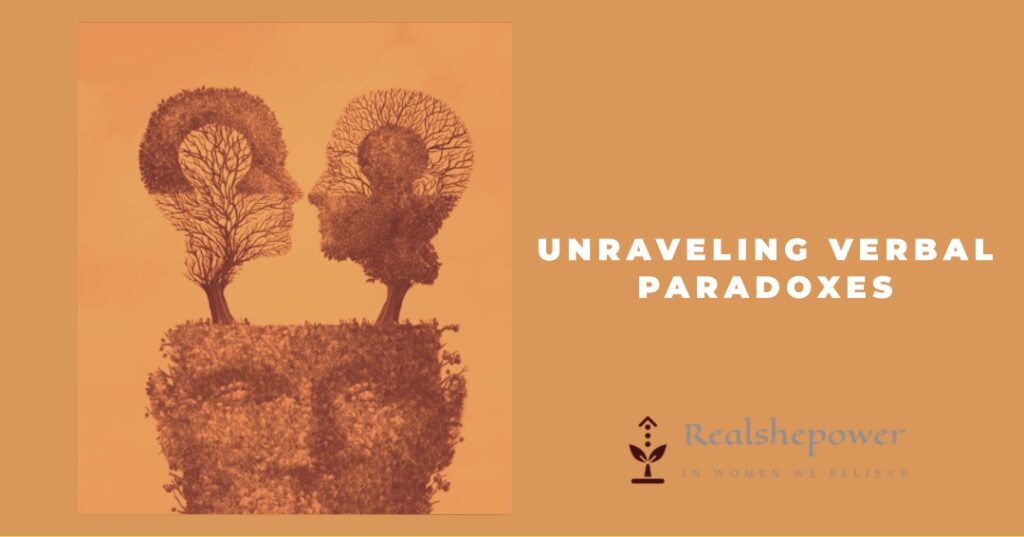
Verbal paradoxes can be like a labyrinth of words, where meanings twist and turn, leaving us puzzled and uncertain. However, by honing our skills in interpretation, we can navigate this linguistic maze and unravel the true intentions hidden within contradictory statements. Here are some strategies to help you unravel the complexities of verbal paradoxes:
1. Embrace Context
The Navigator of MeaningContext is the compass that guides us through the labyrinth of verbal paradoxes. Words alone can be misleading, but when placed within the broader context of a conversation or situation, their true meaning can be illuminated. Consider the surrounding circumstances, the speaker’s tone, and their non-verbal cues. By embracing the context, you can unravel the paradox and discover the intended message.
2. Look Beyond Words
The Secret Code of SubtextVerbal paradoxes often carry hidden subtext, which can be more revealing than the words themselves. Subtext refers to the underlying message, emotion, or intention that may contradict or complement the explicit meaning. Listen for subtle shifts in tone, pauses, or emphasis on specific words. These clues can provide valuable insights into the true meaning behind the paradoxical statement.
3. Seek the Speaker’s Perspective
The Compassionate GuideTo unravel verbal paradoxes, it’s essential to consider the speaker’s perspective. Put yourself in their shoes and try to understand their thought process and motivations. What might have led them to express contradictory statements? By empathizing with the speaker, you can gain a deeper understanding of their underlying message and navigate through the paradox with greater clarity.
4. Analyze Patterns
The Map to MeaningPatterns can serve as valuable signposts within the labyrinth of verbal paradoxes. Analyze recurring themes, phrases, or contradictions in the speaker’s communication. Do they frequently employ paradoxical language? Are there consistent patterns in their use of contradictory statements? Identifying these patterns can offer valuable insights into the speaker’s thought patterns and help you decipher their true intentions.
5. Engage in Active Listening
The Torch in the DarknessActive listening is a powerful tool for unraveling verbal paradoxes. It involves fully immersing yourself in the conversation, paying attention to both verbal and non-verbal cues, and responding thoughtfully. By actively listening, you can pick up on subtle nuances, identify inconsistencies, and ask relevant questions to seek clarification. This attentive approach can shed light on the paradox and lead to a deeper understanding.
6. Ask for Clarification
The Guiding LightWhen confronted with a verbal paradox, don’t hesitate to seek clarification. Ask the speaker open-ended questions to encourage them to elaborate on their statements. By engaging in a dialogue, you create an opportunity for the speaker to provide additional context, resolve contradictions, and clarify their true meaning. Remember, communication is a collaborative process, and seeking clarification is a valid and essential part of it.
7. Consider Cultural and Personal Factors
The Diverse LandscapeVerbal paradoxes can also arise due to cultural or personal factors. Different cultures and individuals may have unique communication styles, idiomatic expressions, or conflicting social norms. Be mindful of these influences when interpreting paradoxical statements. Seek to understand the cultural or personal context in which the speaker operates to gain a more accurate understanding of their intended message.
8. Trust Your Intuition
The Inner GuideIntuition can be a valuable ally when navigating the labyrinth of verbal paradoxes. Sometimes, our subconscious mind picks up on subtle cues and patterns that our conscious mind may miss. Trust your gut instincts and intuition when interpreting paradoxical statements. However, balance intuition with logical analysis and seek external validation when necessary.
So, the next time you encounter a verbal paradox, approach it with curiosity and determination. Embrace the journey of unraveling its complexities, knowing that each step brings you closer to the truth. The art of interpretation empowers you to navigate the labyrinth of words with confidence and clarity, unveiling the intended messages within paradoxes and transforming them into opportunities for meaningful communication.
Decoding Mixed Signals – Your Burning Questions Answered!
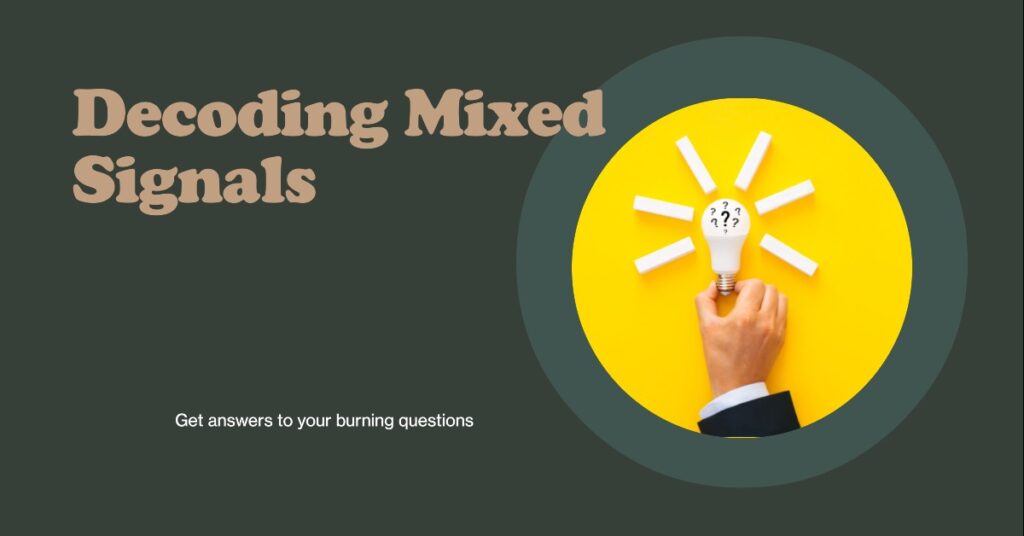
Q: What if I misinterpret someone’s signals?
A: Misinterpretations can happen, and it’s important not to jump to conclusions. When in doubt, seek clarification through open and honest communication. Share your understanding and ask if you have correctly interpreted their signals.
Q: Can mixed signals be intentional?
A: Yes, mixed signals can sometimes be deliberate. People may have various reasons for sending mixed messages, such as fear of rejection or a desire to maintain control. However, keep in mind that not all mixed signals are intentional, and context is key to understanding the underlying intentions.
Q: How can I improve my interpretation skills?
A: Improving interpretation skills requires practice and self-awareness. Pay attention to both verbal and non-verbal cues in your everyday interactions. Engage in active listening, empathize with others, and seek feedback to refine your interpretation abilities.
Q: What are mixed signals in communication?
A: Mixed signals refer to conflicting or ambiguous messages conveyed through verbal and non-verbal cues. It occurs when someone’s words, actions, or body language do not align, creating confusion or uncertainty in the interpretation of their intentions or feelings.
Q: Why do people send mixed signals?
A: There can be various reasons why people send mixed signals. Sometimes, it is unintentional and arises from a lack of self-awareness or poor communication skills. Other times, it may be a deliberate act to maintain control, avoid confrontation, or test the other person’s interest or commitment.
Q: How can decoding mixed signals improve relationships?
A: Decoding mixed signals is essential for building healthy relationships. By understanding the true intentions and emotions behind someone’s communication, you can establish trust, enhance empathy, and resolve misunderstandings effectively. It enables you to respond appropriately and nurture stronger connections based on open and clear communication.
Q: Are there cultural differences in decoding mixed signals?
A: Yes, cultural differences can significantly impact the interpretation of mixed signals. Different cultures may have distinct communication styles, norms, and non-verbal cues. It is crucial to be mindful of cultural diversity and seek to understand the cultural context when interpreting mixed signals to avoid miscommunication and respect cultural differences.
Q: Can technology and online communication create mixed signals?
A: Yes, technology and online communication can contribute to mixed signals. Text messages, emails, and social media can lack the non-verbal cues present in face-to-face interactions, making it challenging to interpret the sender’s true intentions. It is important to consider the limitations of digital communication and, if necessary, seek clarification to avoid misunderstandings.
Q: How can I improve my communication to avoid sending mixed signals?
A: Improving your communication skills can help minimize the chances of sending mixed signals. Practice active listening, be mindful of your body language and tone of voice, and strive for consistency between your words and actions. Clarify your intentions, be honest, and express yourself clearly to ensure your messages are understood accurately.
Q: What if someone continues to send mixed signals despite my efforts to decode them?
A: If someone consistently sends mixed signals despite your best efforts to decode them, it may be helpful to have an open and honest conversation with them. Express your concerns, ask for clarification, and communicate your need for clear and consistent communication. However, it is important to remember that you cannot control someone else’s behavior, and if the mixed signals persist, you may need to reassess the dynamics of the relationship.
Q: Is it possible to misinterpret mixed signals?
A: Yes, misinterpretations of mixed signals can occur, as communication is subjective and influenced by personal biases and experiences. It is essential to approach interpretation with an open mind and seek clarification when in doubt. Strive for empathetic understanding and be willing to adjust your interpretation based on new information or insights.
Q: Can decoding mixed signals be learned?
A: Yes, decoding mixed signals can be learned and improved with practice and awareness. By developing your emotional intelligence, observation skills, and understanding of human behavior, you can become more proficient in interpreting mixed signals. Stay curious, be receptive to feedback, and continually refine your interpretation skills to enhance your communication abilities.
Q: How can decoding mixed signals benefit me personally and professionally?
A: Decoding mixed signals can benefit you in various aspects of life. Personally, it can lead to more fulfilling relationships, deeper connections, and improved self-awareness. Professionally, it can enhance your leadership abilities, negotiation skills, and overall effectiveness in team dynamics. By mastering the art of interpretation, you can navigate communication challenges with confidence and achieve greater success in both personal and professional spheres.
The Art of Interpretation: A Key to Meaningful Communication

Decoding mixed signals is an art that requires patience, empathy, and an understanding of the complexities of human behavior. By honing your skills in interpretation, you can navigate the intricacies of communication with confidence and clarity. Remember, effective communication is a two-way street, and by mastering the art of interpretation, you can foster meaningful connections, build stronger relationships, and achieve greater success in both your personal and professional life.
So, the next time you find yourself faced with mixed signals, embrace the challenge as an opportunity to delve deeper into the art of interpretation. By unlocking the hidden meanings behind the words and actions of others, you can unravel the mysteries of communication and become a true master of understanding. The art of interpretation is within your reach; all you need to do is take the first step. Decoding mixed signals will open doors to a world of clarity, connection, and effective communication.
Remember, in the art of interpretation, knowledge is power. So, start your journey today and unlock the secrets to decoding mixed signals for a brighter and more fulfilling tomorrow.
You can now write for RSP Magazine and be a part of the community. Share your stories and opinions with us here.
